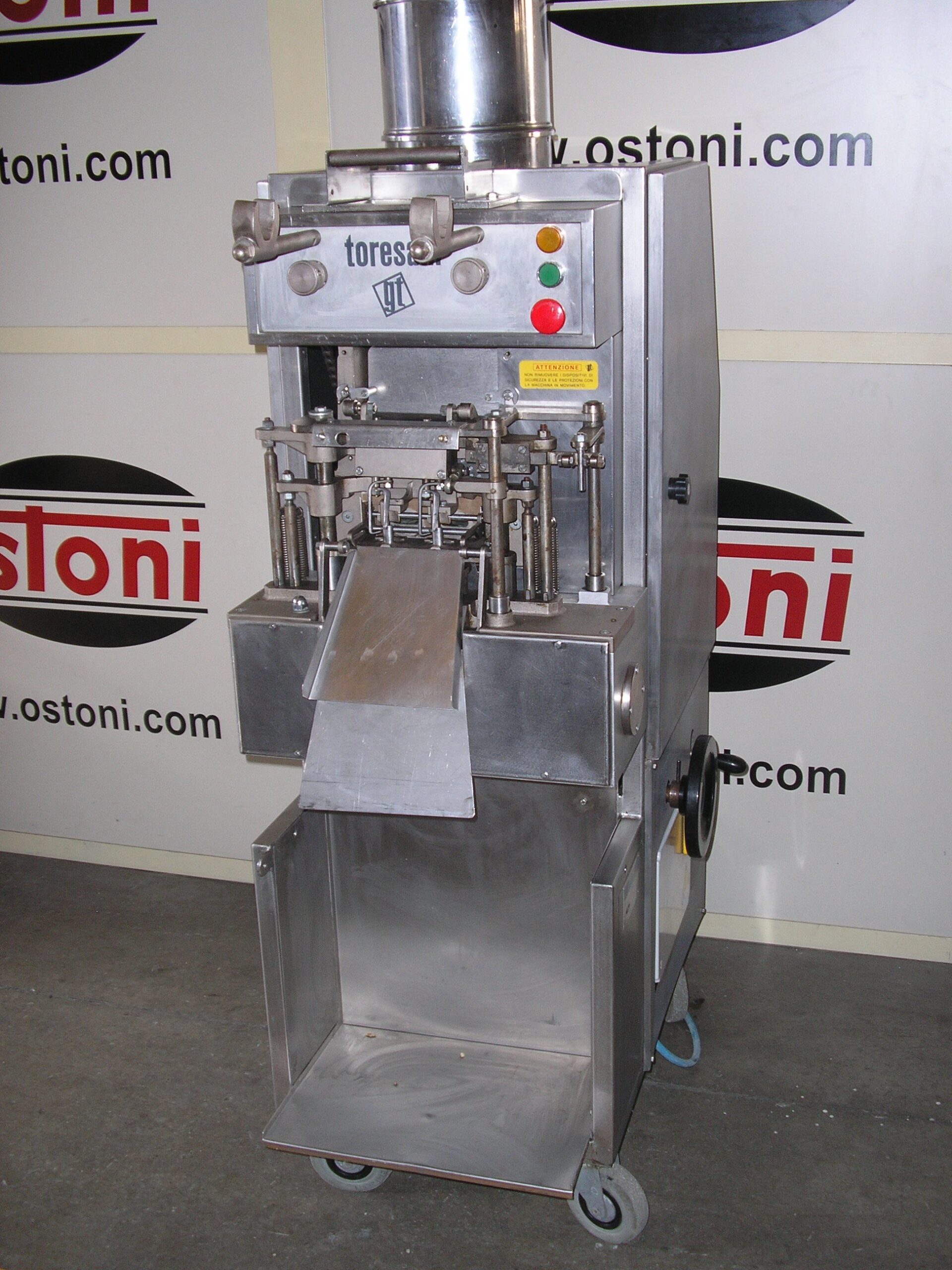Introduction: The Art of Tortellini Making
Tortellini, those delightful little pasta parcels filled with rich, savory fillings, are a staple of Italian cuisine. While many enjoy them in restaurants, the true magic lies in crafting them by hand. Enter the tortellinatrice, a specialized machine designed to automate the process of making tortellini, ensuring consistency, speed, and authenticity.
What is a Tortellinatrice?
A tortellinatrice is an automatic pasta machine tailored for producing tortellini and similar stuffed pasta types. These machines are integral to both artisanal pasta shops and large-scale pasta manufacturers. They consist of several components:
- Dough System: Prepares the pasta dough.
- Roller: Flattens the dough into sheets.
- Dosing Device: Distributes the filling onto the dough.
- Cutting System: Shapes the dough into tortellini.
- Folding Mechanism: Seals the tortellini into their iconic shape.
Manufactured primarily in Italy, these machines are built for efficiency, hygiene, and durability, often constructed from stainless steel to meet stringent food safety standards.
Types of Tortellinatrici
There are various models of tortellinatrice, each catering to different production needs:
- Manual Models: Suitable for small-scale operations or home use. They require the operator to manually feed dough and filling, offering flexibility but demanding more labor.
- Semi-Automatic Models: These machines automate some processes, like dough feeding and cutting, while still requiring manual intervention for others. They strike a balance between automation and hands-on control.
- Fully Automatic Models: Designed for large-scale production, these machines handle all aspects of tortellini making, from dough preparation to packaging, with minimal human intervention.
Benefits of Using a Tortellinatrice
Consistency: Automated processes ensure uniform size and shape, leading to consistent cooking times and presentation.
Efficiency: Speeds up production, allowing businesses to meet higher demand without compromising quality.
Hygiene: Reduces human contact with the product, adhering to food safety regulations.
Cost-Effective: While the initial investment can be significant, the increased production capacity and reduced labor costs can lead to long-term savings.
Choosing the Right Tortellinatrice
Selecting the appropriate tortellinatrice depends on several factors:
Production Volume: High-volume producers might opt for fully automatic machines, while smaller operations may find manual or semi-automatic models sufficient.
Space Constraints: Larger machines require more space; ensure your facility can accommodate the equipment.
Budget: Prices can vary widely based on features and capacity. It’s essential to balance cost with the expected return on investment.
After-Sales Support: Choose manufacturers or suppliers that offer reliable customer service, training, and maintenance support.
Maintenance and Care
To ensure longevity and optimal performance:
Regular Cleaning: After each use, clean all parts that come into contact with dough and filling to prevent contamination.
Lubrication: Periodically lubricate moving parts to reduce wear and tear.
Inspection: Regularly check for any signs of damage or wear, especially on critical components like rollers and cutters.
Training: Ensure operators are well-trained in both machine operation and maintenance procedures.
Conclusion
The tortellinatrice is more than just a machine; it’s a bridge between traditional Italian craftsmanship and modern efficiency. Whether you’re an artisan pasta maker or a large-scale producer, investing in a quality tortellinatrice can elevate your production process, ensuring that every tortellino is as perfect as the last.



